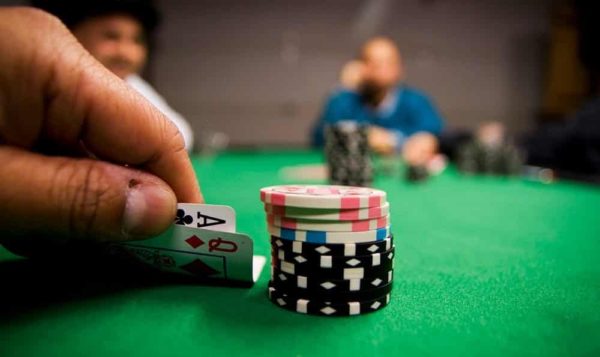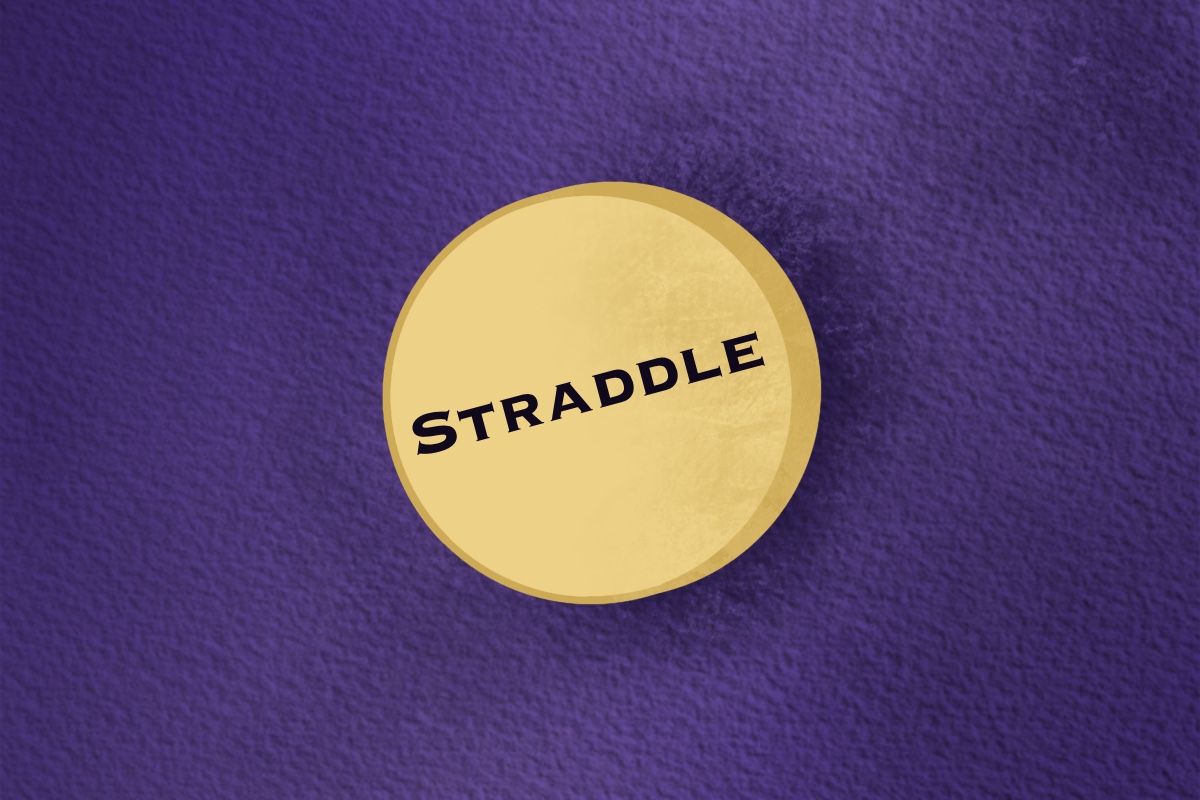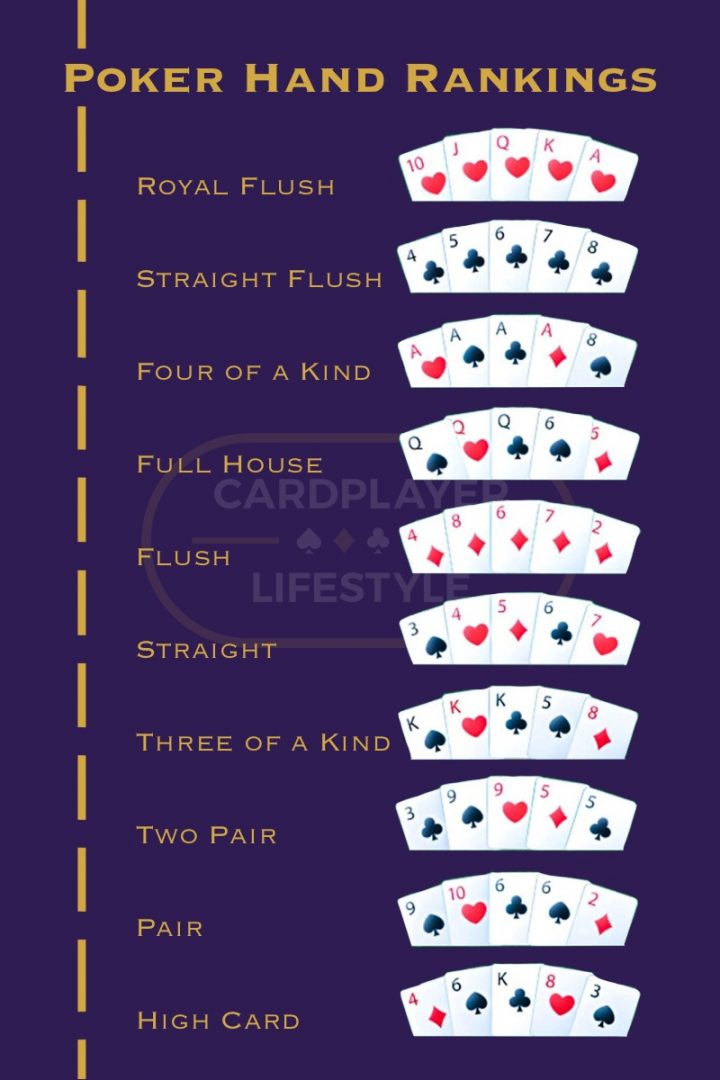Short stack poker is almost a completely different game.
The poker hand rankings and rules may be the same, but your strategy needs to be heavily adjusted whenever your stack dips below 40 big blinds. Otherwise, you will end up squandering your stack more often than not.
In this article you’ll find four tips that will help you make more profitable decisions at these action-packed stack depths. Let’s dive right in.

Tip #1: Always Consider Your Hand’s Post-flop Playability
‘Post-flop playability’ is how well your hand hits various flops and how it will play from the flop onward. This is an important concept at all stack depths, but it’s particularly important with a short stack because there is so little room to maneuver post-flop.
Since you’ll often be all-in on the flop or turn, it’s important to mainly play hands that can easily make strong top pairs (AJ, KQ, QJ, etc.). On the other end of the spectrum, you’ll have to play fewer speculative hands that benefit from being deep stacked (such as middling and low suited connectors).
When you have a hand that will play poorly post-flop, but is likely to the best hand pre-flop, open-shoving will often be your best course of action. Shoving allows you realize all of your hand’s equity and avoid tough post-flop decisions. Examples of such hands include small A-x hands and small pocket pairs (22–77). But, make sure to make this play only when under 20bb deep. Otherwise, you should open-fold these hands or, if another player has raised, consider 3-bet shoving.
Tip #2: Don’t Be Timid
Inexperienced players are often way too passive at shorter stack depths. These players fold almost everything, waiting for a premium hand to double their stack with.
Now, playing tight can be the correct strategy in some cases, most notably on money bubbles of tournaments. But playing overly tight too often will cause you to bleed chips. You’re much better off actively trying to win chips by going for blind steals, 3-bet shoving, and defending your big blind with the appropriate range.
Fearing the death of your tournament life is a surefire way to see your stack reduced to crumbs. As Doug Polk says, “Sometimes in a tournament, it’s just your time to die.” Showing a lack of fear at the table is how you build stacks and set yourself up for deep tournament runs.

Tip #3: 3-Bet Bluff with Hands That Are Barely Too Weak to Call (Except vs. Inexperienced Players)
The correct approach to 3-bet bluffing non-all-in varies based on stack size and your opponent’s skill level. To keep things simple, we’ll focus on the most common tournament stack sizes of around 25-40 big blinds in this section.
Example: You’re in the early-middle stages of a tournament and the blinds are 500/1,000 with an ante. A player in middle position raises to 2,200 and the action folds to you in the cutoff with a stack of 35,000 chips (your opponent covers you).
Versus regulars, you’ll want to 3-bet bluff with hands slightly worse than your calling hands in the same situation. Good examples of such hands include K♠ 9♠, K♦ J♠ and A♦ 7♦. These hands have great blockers (making it less likely that your opponent has a strong hand that can continue) and they are all just a little too weak to comfortably call.
If your opponent 4-bets and you are forced to fold with a hand like K♠ 9♠ here, it’s no big deal because you were likely dominated. But if you 3-bet and are forced to fold a stronger hand like K♥ Q♥, you’re tossing a ton of equity into the muck — just think how much of a disaster this is when your opponent shoved a hand you were flipping against, like 88!
Against inexperienced players, specifically ones that call a lot and rarely 4-bet, hands like K♥ Q♥ become great 3-bets. This is because they are likely to call your 3-bet with silly hands (which nets you a ton of value), but they won’t 4-bet without an absolute monster. So, you can 3-bet for value with little fear of being blown off of your equity. If he does 4-bet shove, you can easily fold because you’re almost certainly dominated.
So, in a nutshell: Use hands with blockers that are just below your calling range as 3-bet bluffs against good and aggressive players. 3-bet a more value-heavy range against passive, lesser experienced players.
Tip #4: Cold-Call in the Small Blind When the Big Blind is a Weak and/or Passive Player
For a long time players thought you should only 3-bet or fold and never cold-call versus a raise when you’re in the small blind. Here’s why:
- You’ll be out of position for the entire hand.
- When you call, the big blind gets amazing pot odds to call as well, making it more likely you play a multi-way pot.
- The big blind can squeeze you out of the pot with a 3-bet.
But reasons #2 and #3 go out the window when the big blind is a weak player. Consider:
- When the big blind is a weak player, you shouldn’t really mind if he calls because you’ll get to take advantage of his post-flop mistakes.
- It’s very unlikely a weak player will have an aggressive 3-betting strategy and thus he will rarely squeeze you out of the pot.
So, the takeaway from this tip is simple but valuable: avoid cold-calling when the big blind is a strong, aggressive player. Otherwise, cold-call away.
Final Thought
Most of the calls/raises you make with a short stack will represent a large portion of your remaining stack. So, it’s absolutely crucial that you carefully think through each decision to avoid making costly mistakes.
Want to take your poker skills to the next level? Upgrade your strategy with world-class guidance by joining the Upswing Poker Lab today.
I’m actually the Community Manager for Upswing and can attest to the results the Lab brings. For example, one young player joined the Lab as a $0.02/$0.05 player and went on to win the Poker Masters (and a bunch of other high roller tournaments) just two years later. You may have heard of him — his name is Ali Imsirovic. Learn what ignited Ali’s success in the Lab now!
READ MORE: Upswing Poker Lab – A Thorough Review








Comments